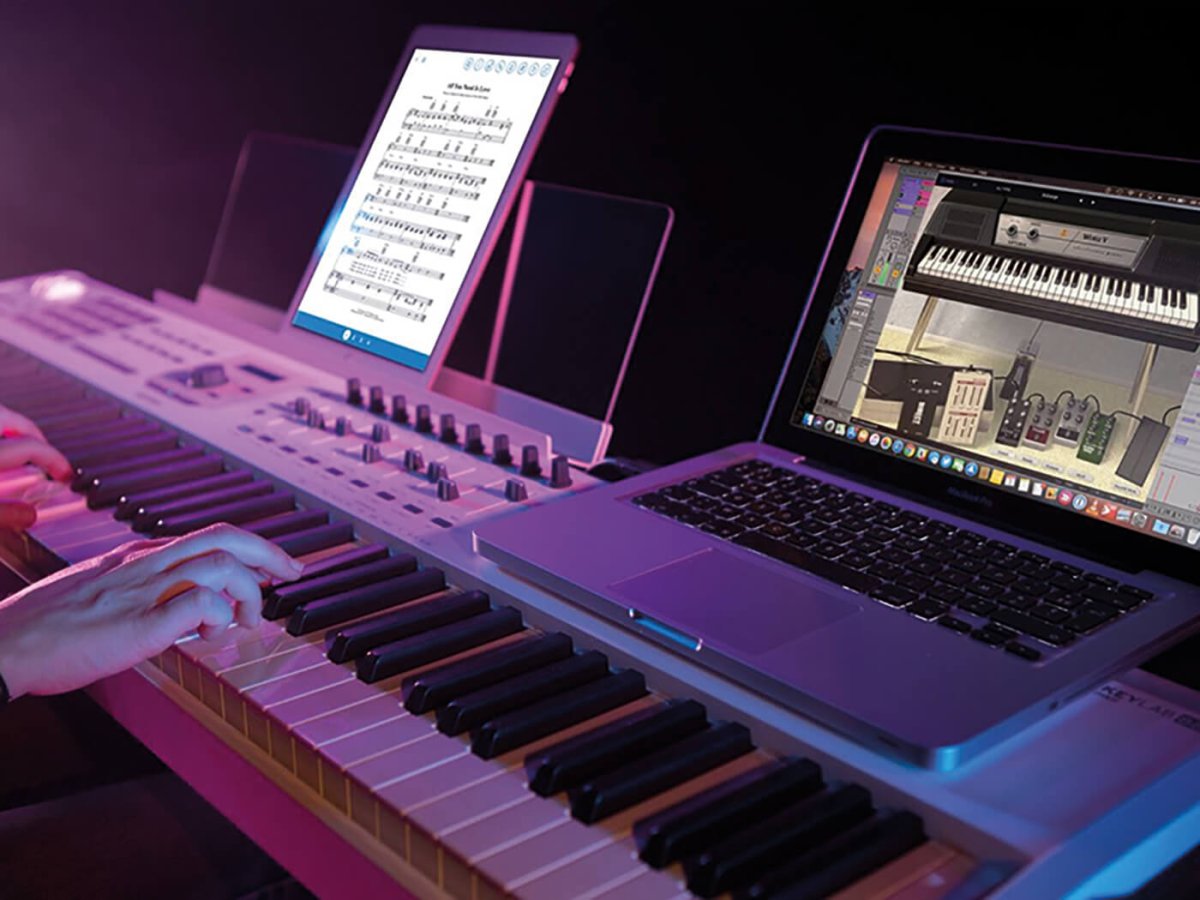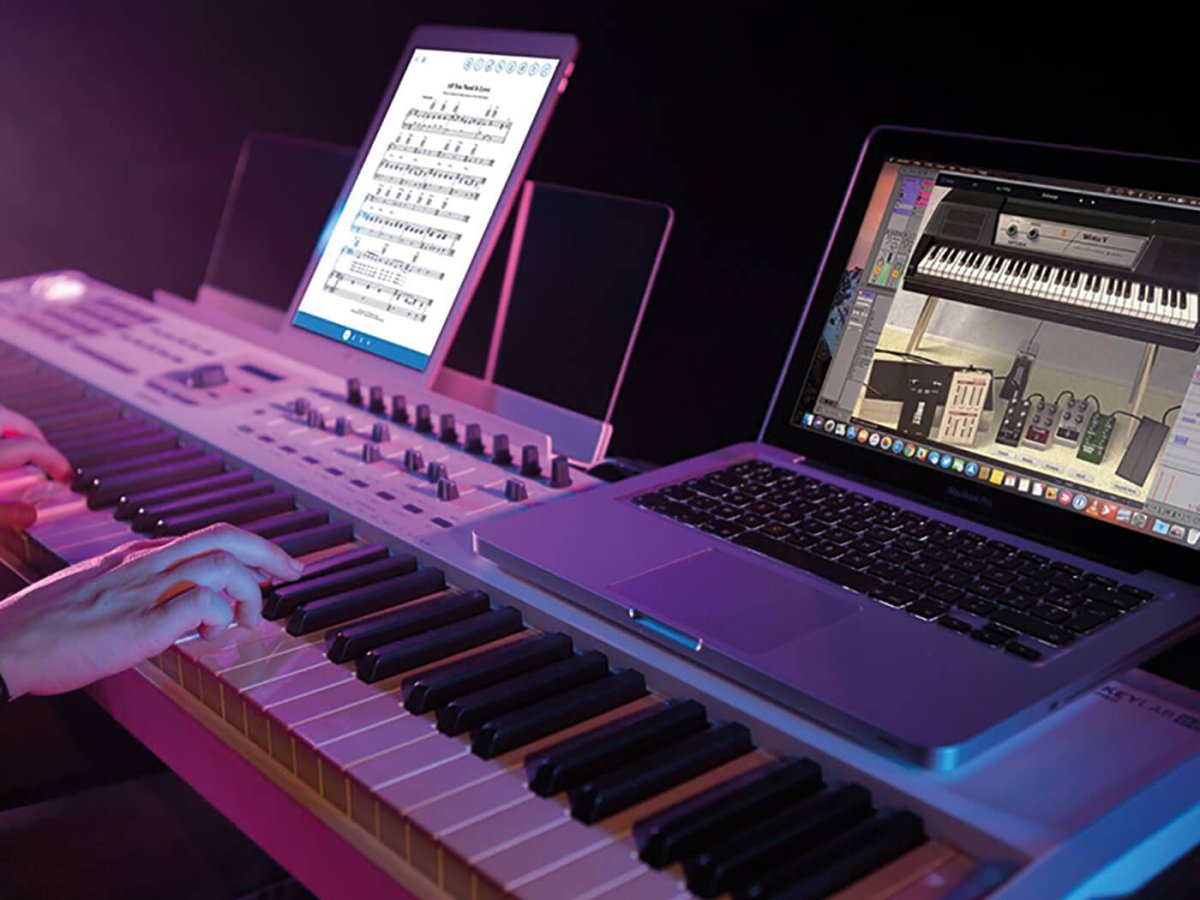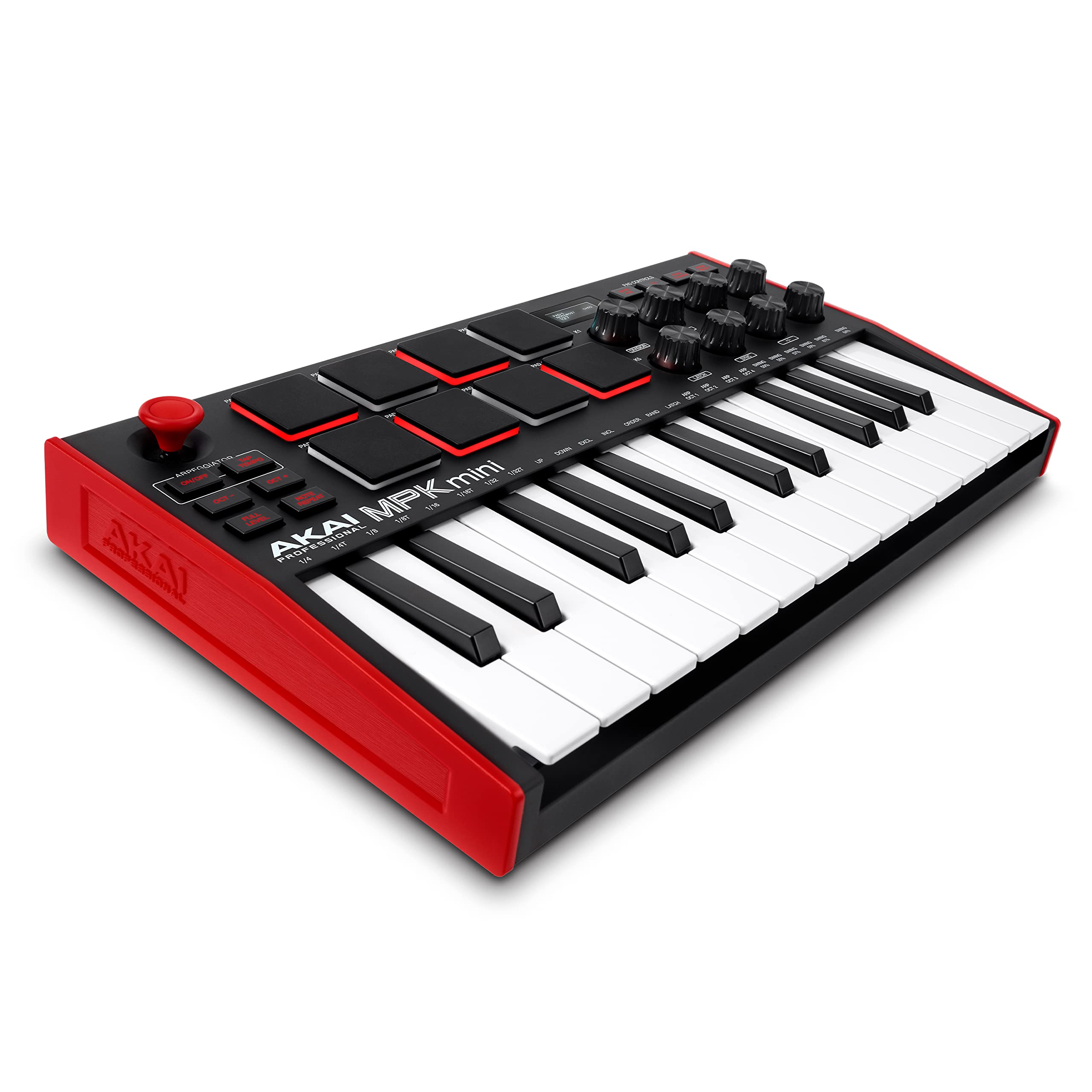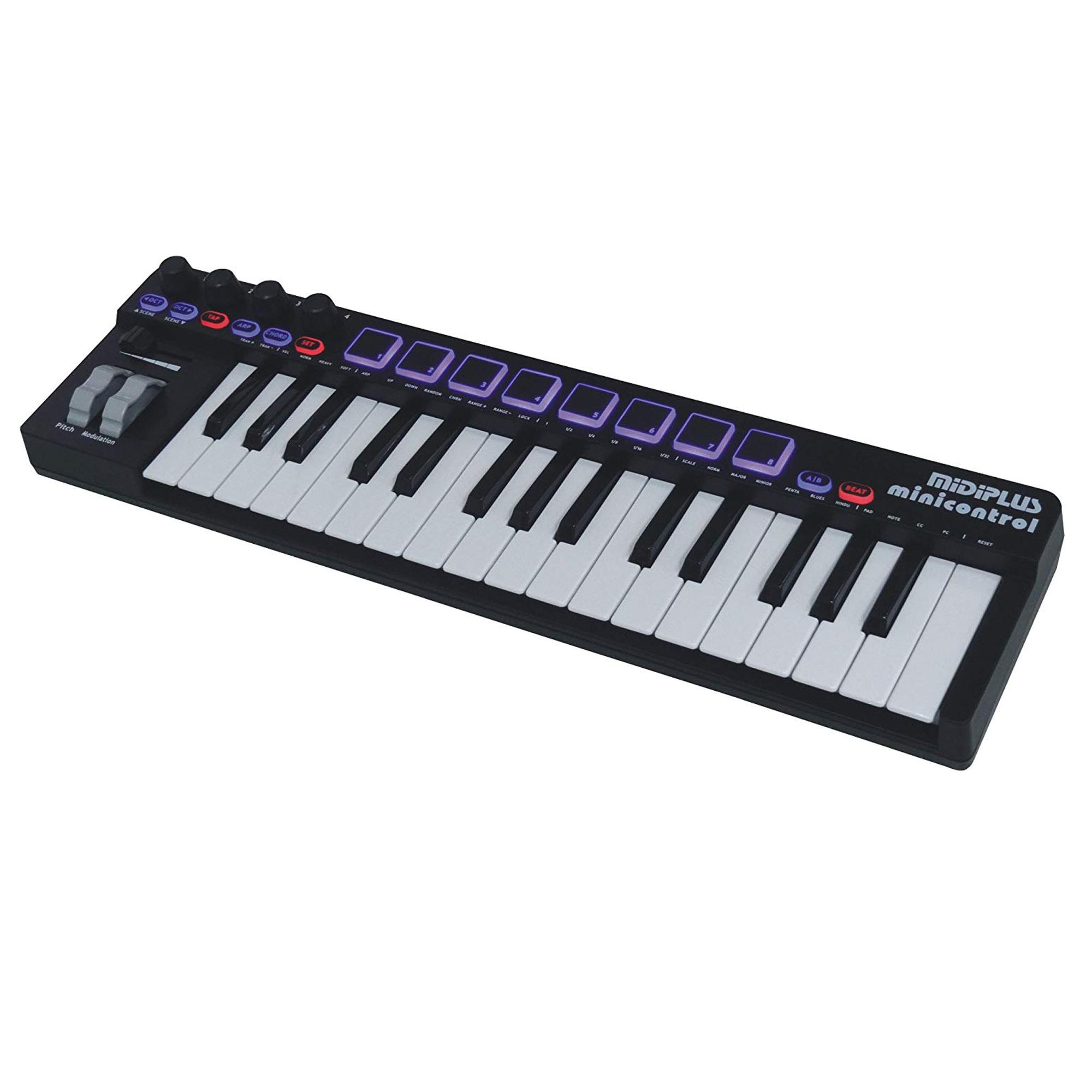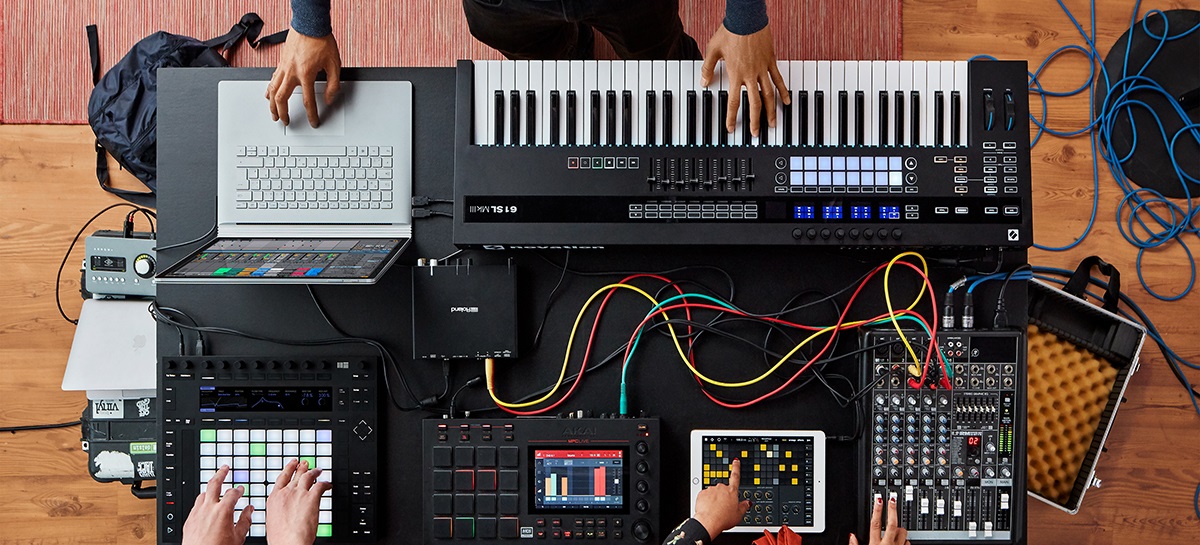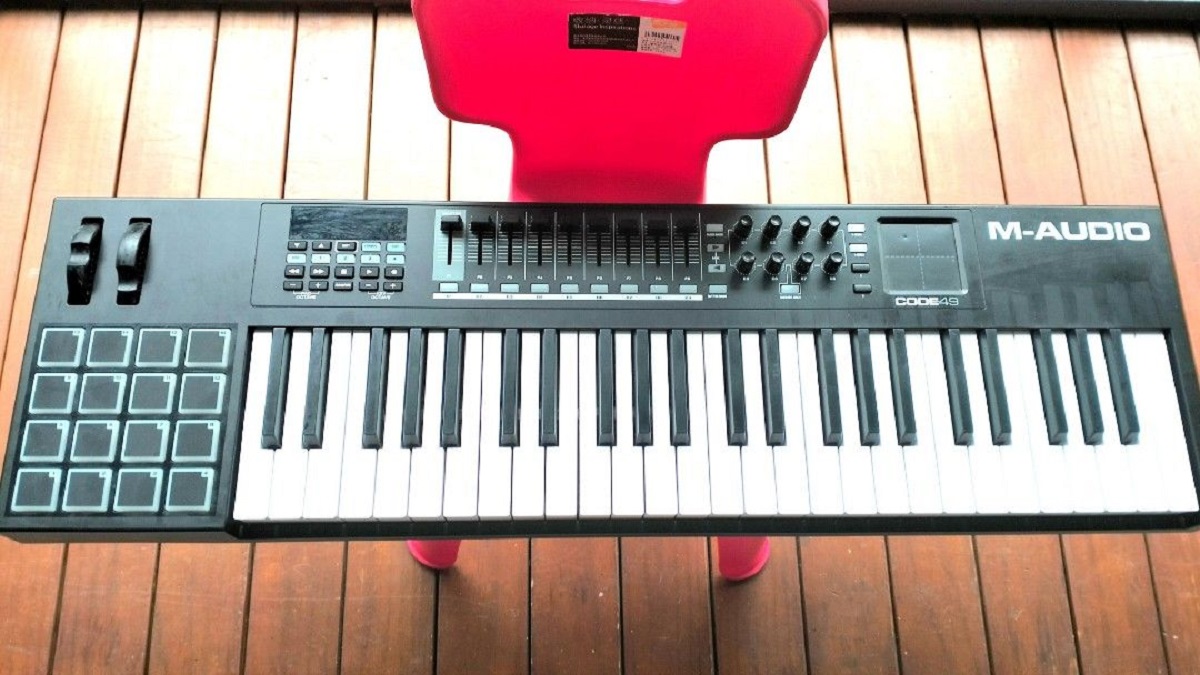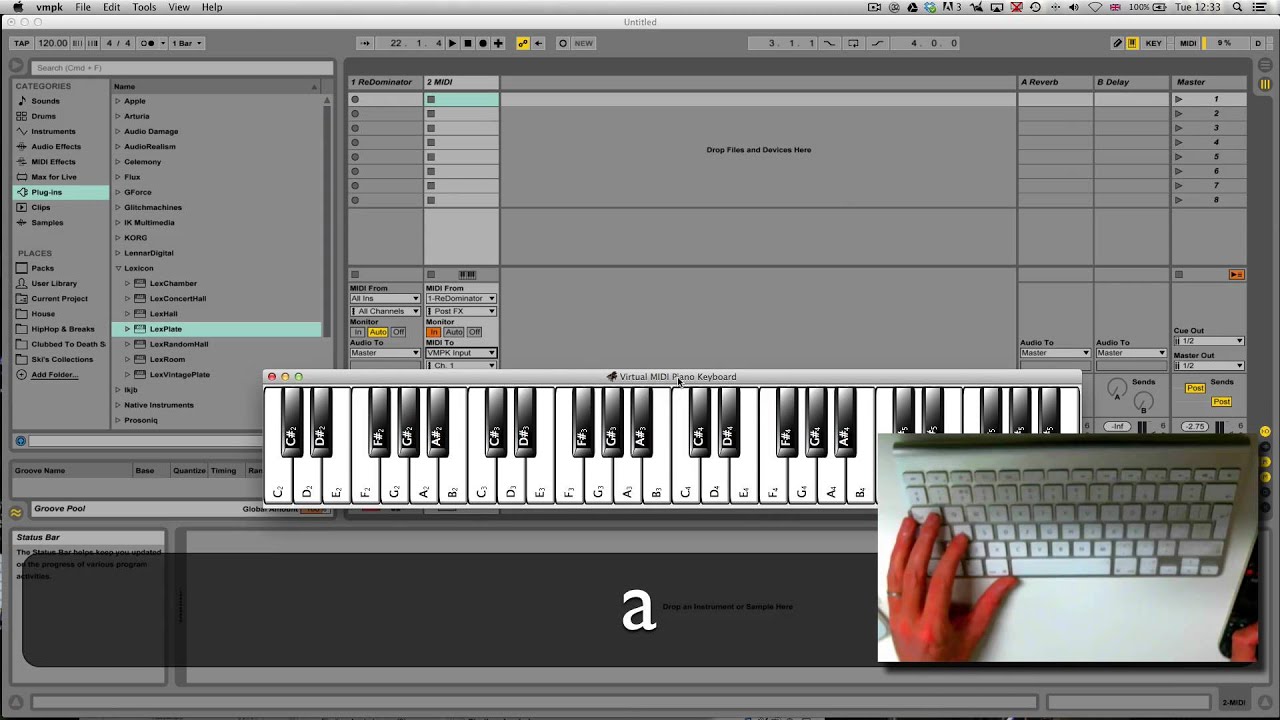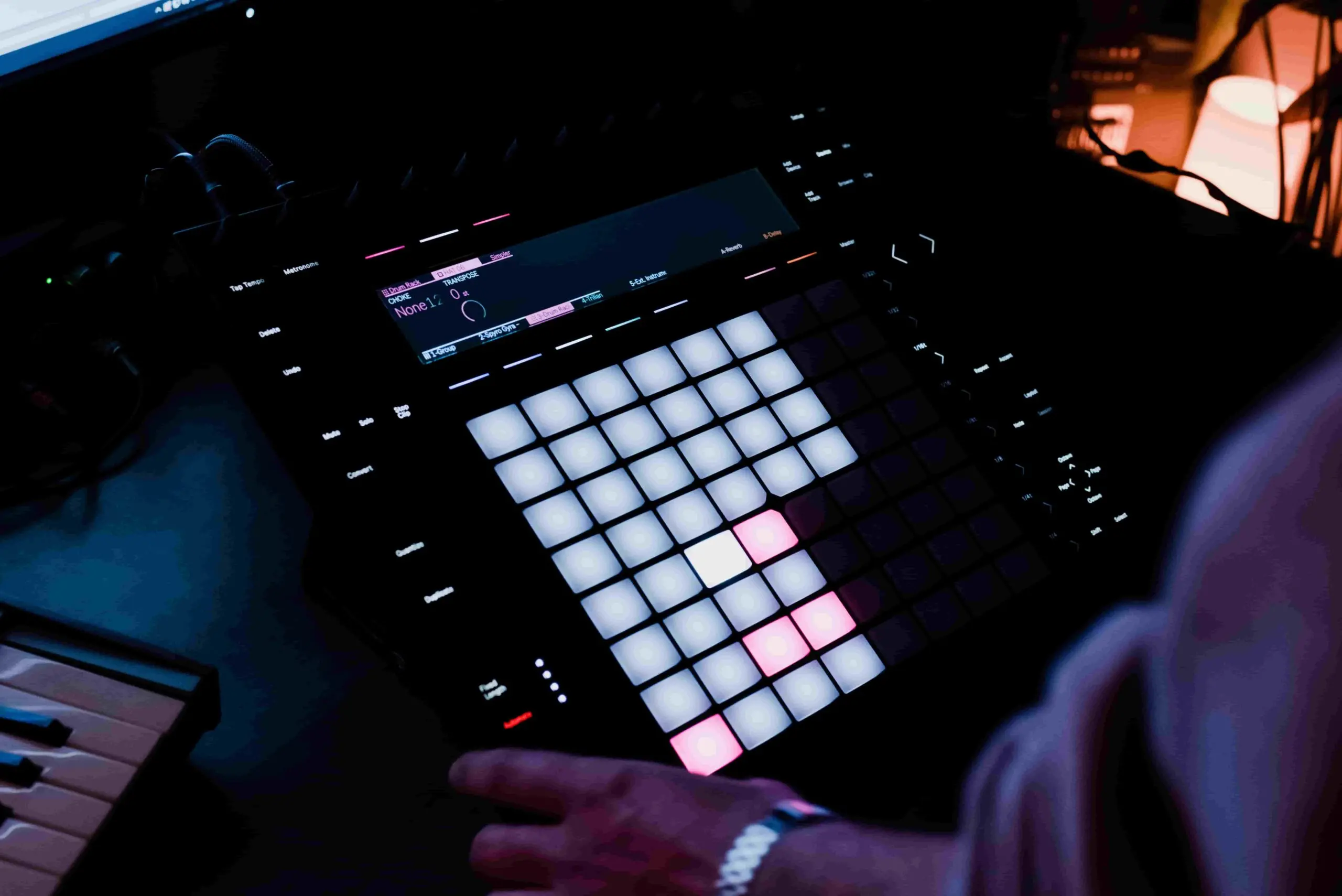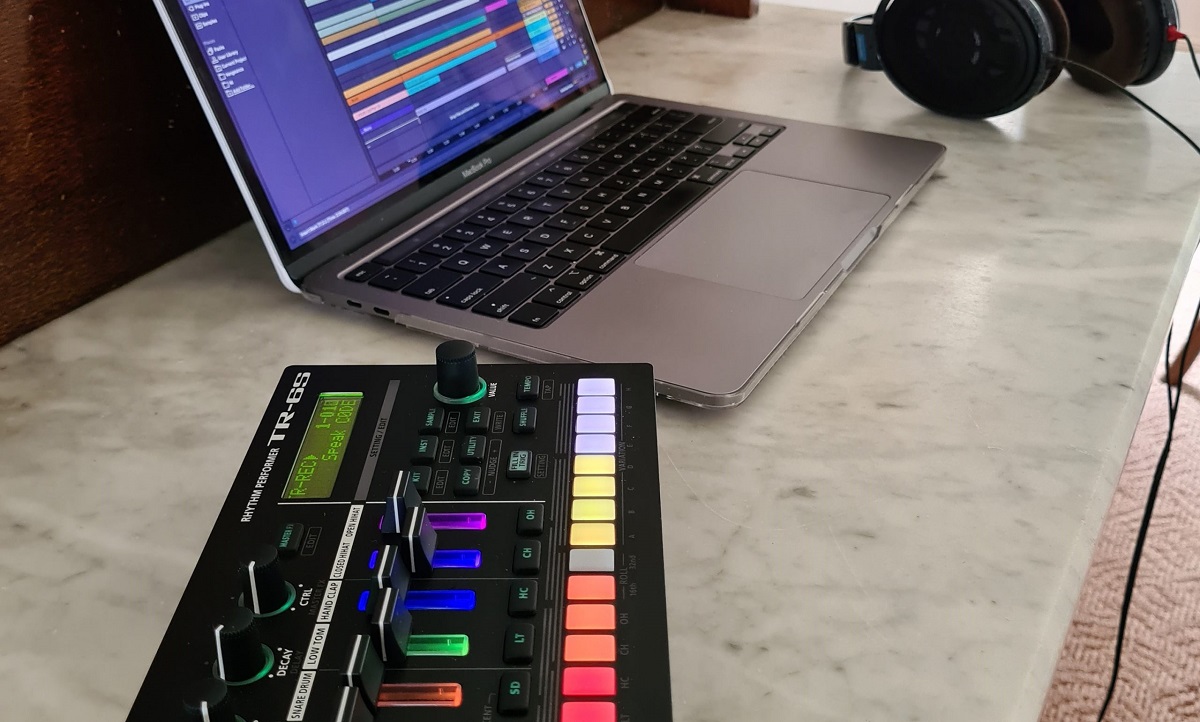Introduction
So, you've got your MIDI keyboard all set up and ready to make some music in Ableton, but for some reason, it's not working as expected. Don't worry; you're not alone in facing this issue. Many musicians and producers encounter challenges when trying to get their MIDI keyboards to function seamlessly with Ableton. However, understanding the common reasons behind this problem and knowing how to troubleshoot it can save you a lot of frustration.
In this guide, we'll delve into the various factors that could be causing your MIDI keyboard to malfunction in Ableton. From checking the physical MIDI connections to troubleshooting driver issues and updating firmware and software, we'll cover all the essential steps to help you identify and resolve the issue.
By the end of this article, you'll be equipped with the knowledge and troubleshooting techniques to get your MIDI keyboard working smoothly in Ableton, allowing you to focus on creating music without technical hiccups.
Let's dive into the troubleshooting process and get your MIDI keyboard up and running in Ableton Live!
Check the MIDI Connections
Before delving into complex troubleshooting, it’s crucial to start with the basics. Often, the issue with your MIDI keyboard not working in Ableton can be attributed to faulty or incorrect physical connections. Here’s a step-by-step guide to ensure your MIDI connections are set up correctly:
- USB Connection: If your MIDI keyboard connects via USB, ensure that the cable is securely plugged into both the keyboard and your computer’s USB port. Try using a different USB port to rule out any issues with the specific port you’re using.
- MIDI Cables: For MIDI keyboards that connect via traditional MIDI cables, check that the cables are firmly connected to both the keyboard and the MIDI interface or audio interface. If you’re using a MIDI interface, verify that it’s connected to your computer via USB or MIDI cables, depending on the interface’s connectivity options.
- Power Supply: If your MIDI keyboard requires an external power source, ensure that it’s properly connected and receiving power. Some MIDI keyboards can be powered via USB, so if you’re using a USB connection, make sure it’s providing sufficient power to the keyboard.
Once you’ve checked and, if necessary, rectified the physical connections, attempt to use your MIDI keyboard in Ableton again. Sometimes, a loose connection can be the sole cause of the issue, and resolving it can restore the functionality of your MIDI keyboard in Ableton.
By verifying the MIDI connections, you’ve tackled the fundamental aspect of troubleshooting this issue. If the problem persists, we’ll move on to examining the MIDI settings within Ableton to ensure they’re properly configured for your MIDI keyboard.
Verify MIDI Settings in Ableton
Once you’ve confirmed that the physical connections of your MIDI keyboard are in order, the next step is to ensure that Ableton is configured to recognize and communicate with your MIDI device. Follow these steps to verify and adjust the MIDI settings in Ableton:
- Open Ableton’s Preferences: In Ableton Live, navigate to the “Options” menu and select “Preferences.” This will open the Preferences window, where you can access various settings, including MIDI configurations.
- Configure MIDI Input and Output: Within the Preferences window, click on the “Link/MIDI” tab. Here, you’ll find options to configure MIDI input and output settings. Ensure that your MIDI keyboard is selected as an active input device. If it’s not listed, there may be an issue with the connection or driver installation.
- Enable Track and Remote: In the MIDI input section of the Preferences window, make sure that “Track” and “Remote” are enabled for your MIDI keyboard. Enabling these options allows Ableton to receive MIDI input from your keyboard and control various parameters within the software.
- Check MIDI Channel Assignments: If your MIDI keyboard allows you to set the MIDI transmit channel, verify that it aligns with the MIDI channel settings of the tracks in Ableton. Mismatched MIDI channels can cause the keyboard to appear unresponsive in Ableton.
After adjusting the MIDI settings in Ableton, test your MIDI keyboard to see if it now functions as expected. If the issue persists, further troubleshooting steps may be necessary to identify the root cause.
By ensuring that Ableton’s MIDI settings are correctly configured for your MIDI keyboard, you’ve eliminated a common potential obstacle to seamless MIDI functionality. If the problem persists, we’ll explore additional troubleshooting methods to address any driver-related issues that may be affecting your MIDI keyboard’s performance in Ableton.
Troubleshoot Driver Issues
When your MIDI keyboard isn’t working as expected in Ableton, driver-related issues can often be the culprit. Here’s how to troubleshoot and resolve potential driver problems:
- Check Device Manager (Windows) or System Information (Mac): Ensure that your computer recognizes the MIDI keyboard as a connected device. In Windows, open the Device Manager and look for any indicators of driver issues, such as a yellow exclamation mark next to the MIDI device. On a Mac, use the System Information utility to check for recognized MIDI devices and any associated driver errors.
- Update or Reinstall Drivers: Visit the manufacturer’s website for your MIDI keyboard and download the latest drivers for your specific operating system. If you suspect driver issues, updating or reinstalling the drivers can often resolve compatibility and performance issues.
- USB Port and Power Management: For USB-connected MIDI keyboards, ensure that your computer’s USB ports are functioning correctly and providing adequate power to the device. Sometimes, power management settings can affect USB device performance, so adjust these settings if necessary.
- Driver Compatibility: Verify that the MIDI keyboard’s drivers are compatible with your operating system version. If you’ve recently updated your operating system, the existing drivers may no longer be compatible, necessitating an update from the manufacturer.
After addressing potential driver issues, test your MIDI keyboard in Ableton to see if the problem has been resolved. If the issue persists, further troubleshooting steps may be required to pinpoint the cause of the malfunction.
By addressing driver-related issues, you’re taking a proactive approach to ensuring that your MIDI keyboard can communicate effectively with your computer and Ableton software. If the issue persists, we’ll explore additional troubleshooting methods to isolate and resolve any lingering problems.
Test the MIDI Keyboard with Other Software
If your MIDI keyboard continues to exhibit issues in Ableton, it’s beneficial to isolate the problem by testing its functionality with alternative music production software or MIDI monitoring tools. Here’s how to approach this troubleshooting step:
- Use a Different DAW: Install and open a different digital audio workstation (DAW) or music production software that supports MIDI input. This could be a free DAW or a trial version of a commercial software. Test your MIDI keyboard within this alternative environment to determine if the issue is specific to Ableton or if it persists across different software platforms.
- Utilize MIDI Monitoring Tools: MIDI monitoring software allows you to view the incoming MIDI data from your keyboard, providing insight into whether the keyboard is transmitting MIDI signals as expected. By using MIDI monitoring tools, you can verify if the issue lies with the MIDI keyboard’s output or the software’s reception and interpretation of MIDI data.
- Check for Latency and Responsiveness: When testing the MIDI keyboard with other software, pay attention to any latency or unresponsiveness in MIDI input. If the keyboard functions flawlessly with alternative software, it may indicate specific compatibility or configuration issues within Ableton.
By testing the MIDI keyboard with other software and monitoring tools, you can gain valuable insights into the nature of the issue. If the keyboard performs as expected with alternative software, it suggests that the problem may be related to Ableton’s configuration or compatibility with your specific MIDI device.
If the issue persists across multiple software platforms, it could indicate a hardware problem with the MIDI keyboard itself, prompting further investigation or potential repairs. Understanding how the keyboard interacts with different software environments is a crucial step in troubleshooting its functionality.
Update Firmware and Software
Keeping the firmware of your MIDI keyboard and the software of your DAW up to date is essential for ensuring compatibility and resolving potential issues. Here’s how you can update the firmware and software to address any underlying issues:
- Check for Firmware Updates: Visit the manufacturer’s website for your MIDI keyboard to see if there are any available firmware updates. Firmware updates often address compatibility issues and may introduce enhancements to the keyboard’s functionality. Follow the manufacturer’s instructions to update the firmware of your MIDI device.
- Update Ableton Live: Ensure that you are using the latest version of Ableton Live. Software updates often include bug fixes and improvements that can address MIDI-related issues. If an update is available, download and install the latest version of Ableton Live from the official website.
- Verify System Compatibility: Confirm that your operating system meets the requirements for the MIDI keyboard’s firmware updates and the latest version of Ableton Live. Incompatibility between the firmware, software, and operating system can lead to performance issues.
- Perform a Thorough Test: After updating the firmware of your MIDI keyboard and the software of Ableton Live, conduct a comprehensive test to ensure that the MIDI keyboard functions as expected within the updated environment. Test various MIDI functionalities, such as note input, modulation controls, and pitch bend, to confirm that the update has resolved any previous issues.
By updating the firmware of your MIDI keyboard and the software of Ableton Live, you are proactively addressing potential compatibility and performance concerns. Keeping both the hardware and software components up to date can significantly improve the overall functionality and stability of your music production setup.
If the issue persists despite updating the firmware and software, further investigation may be necessary to identify any remaining obstacles to seamless MIDI keyboard performance in Ableton Live.
Conclusion
Addressing issues with MIDI keyboard functionality in Ableton Live can be a multifaceted process, often requiring a systematic approach to troubleshooting. By following the steps outlined in this guide, you’ve gained valuable insights into the potential causes of malfunction and learned how to effectively troubleshoot and resolve these issues.
From checking the physical MIDI connections to verifying MIDI settings in Ableton, troubleshooting driver issues, testing the MIDI keyboard with other software, and updating firmware and software, you’ve explored a range of strategies to identify and address the root cause of the problem.
It’s important to recognize that the successful integration of MIDI keyboards with music production software such as Ableton Live is contingent on a harmonious interplay between hardware, software, and system configurations. By meticulously examining each element and applying targeted troubleshooting techniques, you’ve taken proactive steps toward achieving optimal MIDI keyboard performance in Ableton Live.
Remember that patience and persistence are key when troubleshooting technical issues. If the problem persists after following these steps, consider seeking support from the manufacturer of your MIDI keyboard, the developers of Ableton Live, or online communities dedicated to music production and MIDI technology.
By leveraging your newfound knowledge and troubleshooting skills, you’re better equipped to navigate and resolve challenges related to MIDI keyboard functionality in Ableton Live, allowing you to focus on the creative process of making music without impediments.
With a comprehensive understanding of MIDI connectivity and troubleshooting techniques, you’re poised to harness the full potential of your MIDI keyboard within the dynamic environment of Ableton Live.







